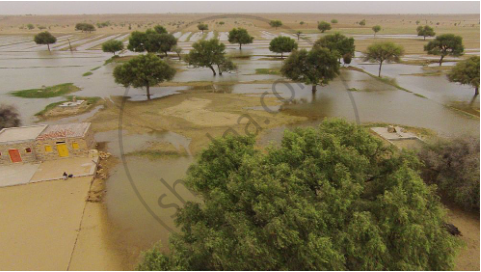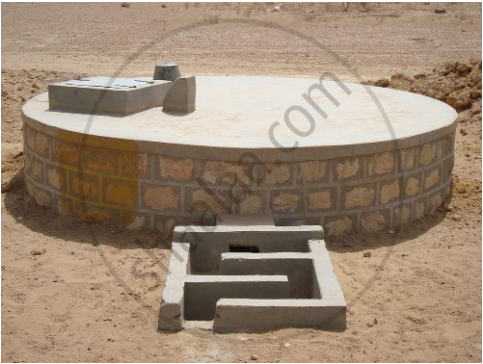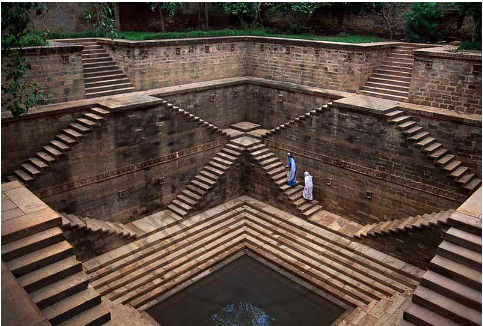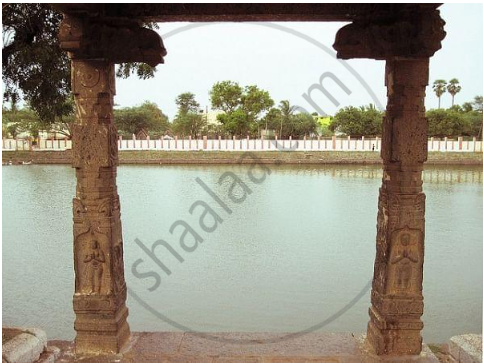Advertisements
Advertisements
प्रश्न
Make a Power Point Presentation showing the various methods used for rainwater harvesting from ancient times to the present.
दीर्घउत्तर
उत्तर
Traditional Methods of Rainwater harvesting:
- Khadin: A Khadin, also known as Chora, is an inventive structure built to collect surface runoff water for agricultural use. The khaki system is founded on the notion of capturing rainwater from farms and using the water-saturated land for agricultural production.

- Kund: A Kund is a saucer-shaped catchment area with a gentle slope to the central circular subterranean well. Its primary purpose is to collect rainwater for drinking. Kunds dot the sandier areas of western Rajasthan and Gujarat. Traditionally, these well-pits were coated with disinfecting lime and ash.

- Taanka: Taanka (little tank) is a traditional rainwater gathering technique originating in Rajasthan's Thar desert (Bikaner). Taankas are cylindrical paved subterranean pits into which rainwater flows from rooftops, courtyards, or artificial catchments. When the taanka is filled, the water stored inside can survive throughout the dry season and is enough for a family of 5-6 people to drink. In this way, Bikaner residents were able to meet their water needs.

- Jhalara: Jhalaras are usually rectangular-shaped step wells with three or four tiered sides. The stairs were built in sections.

- Eri: Tamil Nadu's Eri (tank) system is among India's oldest water management systems. It served various vital tasks in maintaining ecological equilibrium, including flood control systems, reducing soil erosion and runoff waste during heavy rainfall, and recharging groundwater in the surrounding areas. Without Eris, paddy agriculture in Tamil Nadu would have been impossible. The Eri system is seen in almost all of Tamil Nadu's ancient temples.

shaalaa.com
क्या इस प्रश्न या उत्तर में कोई त्रुटि है?
